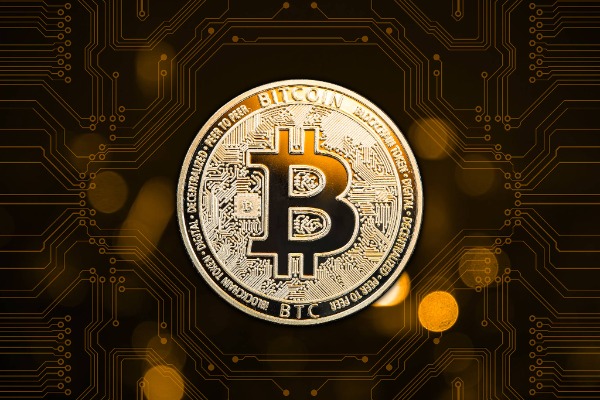What exactly is blockchain?
Blockchain is a secure and reliable decentralized ledger. It originated from Bitcoin. It has the technical characteristics of being distributed, transparent, anonymous, and tamper-proof. It is widely used in finance, supply chain and other fields. It faces challenges such as scalability and regulations and has great development potential.
Blockchain is a decentralized distributed ledger with chain storage, tamper-proof, secure and reliable. It combines distributed storage, peer-to-peer transmission, consensus mechanism, cryptography and other technologies to record transactions and information through growing data blocks to ensure data security and transparency.
1. Origin and Development
Blockchain originated from Bitcoin and was originally proposed by Satoshi Nakamoto in 2008 as the underlying technology of Bitcoin.
From the early days of the Bitcoin network, blockchain has gradually evolved into a global technology, attracting global attention and investment.
2. Technical Features
Distributed database: Each party on the blockchain can access the entire database and its complete history, and no single party controls the data or information. Each party can directly verify the records of its trading partners without the need for intermediaries.
Peer-to-peer transmission: Communication occurs directly between peers, rather than through a central node. Each node stores and forwards information to all other nodes.
Transparent anonymity: Every transaction and its associated value can be seen by any user with access to the system. Each node or user on the blockchain has a unique address of more than 30 letters and numbers that identifies itself. Blockchain transactions occur between these addresses. Once a transaction is entered in the database and an account is updated, the records cannot be changed because they are linked to every transaction record before them (hence the term "chain").
Immutability: A variety of different algorithms are used to ensure that the records in the database are permanent, chronologically ordered, and accessible to all other nodes on the network.
Computational logic: The digital nature of the ledger means that blockchain transactions can be linked to computational logic and are essentially programmable. Therefore, users can set algorithms and rules that automatically trigger transactions between nodes.
III. Application fields
Blockchain technology has been widely used in many fields, including but not limited to:
Finance: Blockchain can be used to implement financial transactions such as cross-border payments and interbank settlements, and improve transaction efficiency and security.
Supply chain: Blockchain technology can be used to monitor the supply chain, improve the transparency and traceability of the supply chain, and reduce fraud and paper waste.
Medical: Blockchain technology helps store medical data encoded and stored on the blockchain using private keys, protecting patient privacy and medical information security.
Real estate: Blockchain technology can be used to record and track transactions and changes in ownership of real estate, improving the transparency and efficiency of transactions.
Copyright protection: Blockchain can provide artists with transparent royalties, ensuring that artists receive a fair share of their creative content.
4. Development trends and challenges
With the continuous development of technology, the application areas of blockchain will continue to expand, bringing innovation and change to more industries.
At the same time, blockchain also faces challenges in scalability, regulations, etc., which need to be continuously solved and improved.
In summary, blockchain, as a revolutionary distributed database system, stores and transmits data in a decentralized manner, and has broad application prospects and huge development potential.













